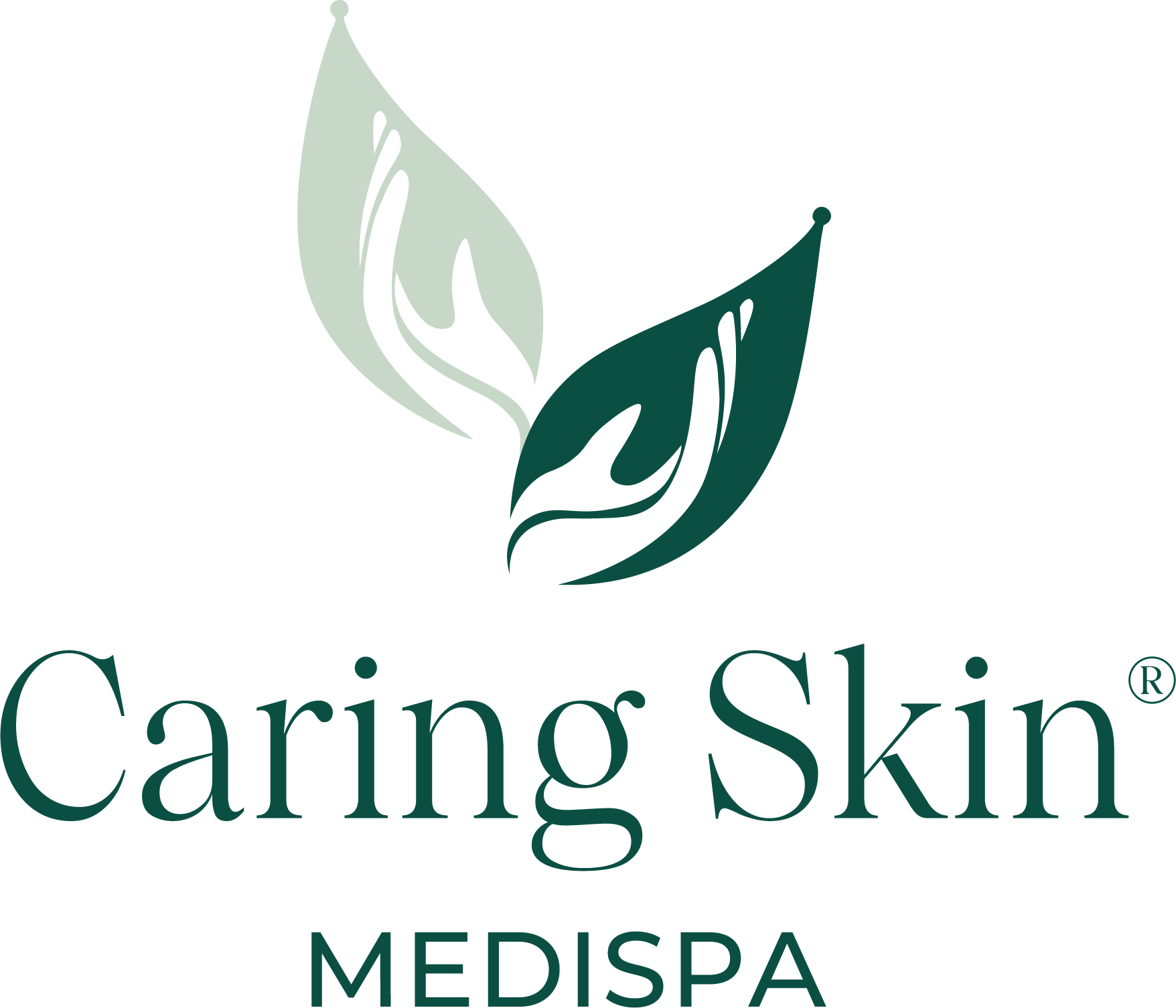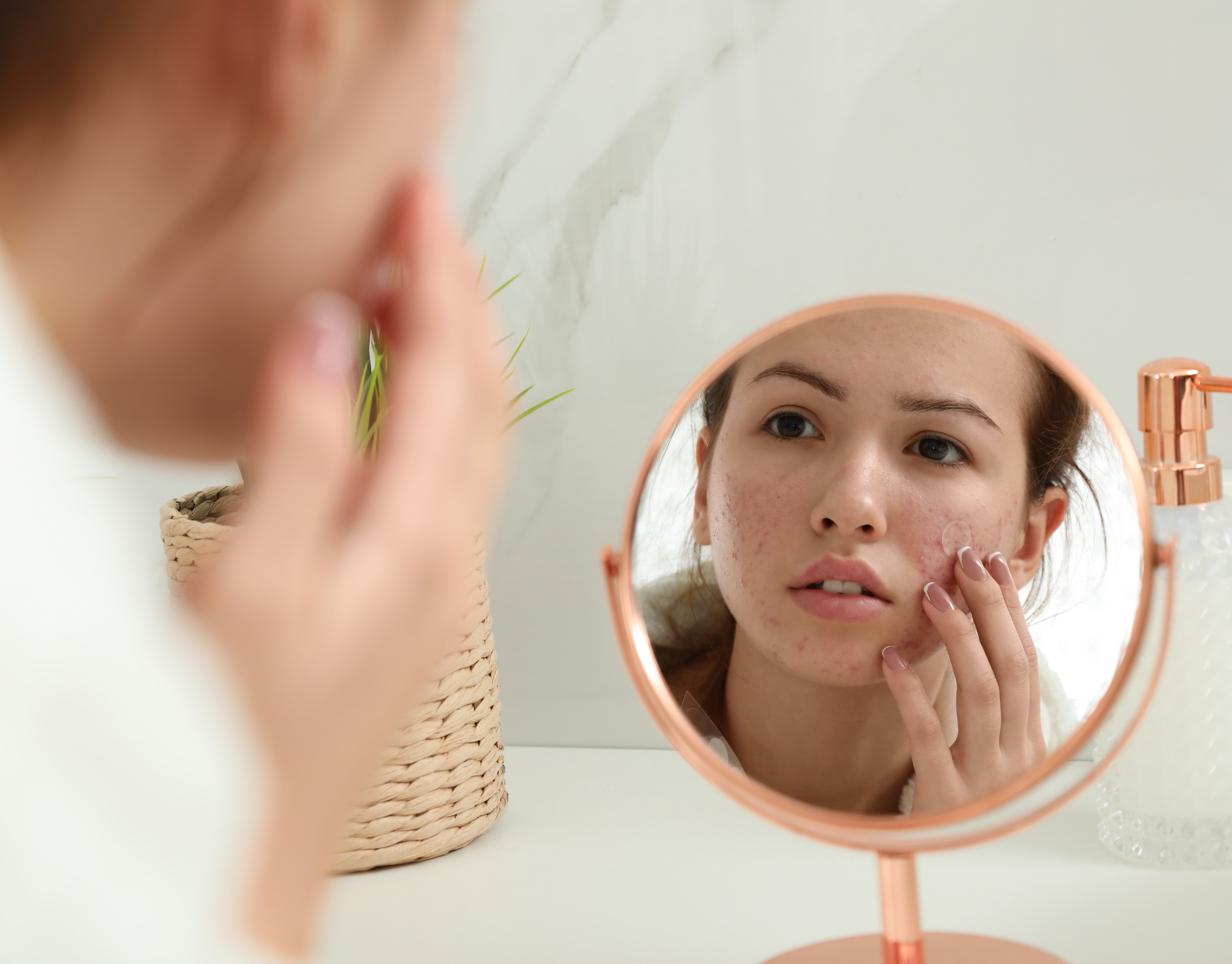In today's fast-paced world, taking care of our skin is more important than ever. Proper face washing techniques can make a significant difference in the health and appearance of our skin. In this comprehensive guide, we will walk you through the best practices for washing your face to achieve a radiant and healthy complexion.
Importance of Face Washing
Washing your face takes time and attention. Doing it correctly or doing it haphazardly could make the difference between achieving a clear skin and an acne nightmare. The amount of times you wash your face may be less important than how the job is done.
No matter your skin type, texture or condition, having a nighttime cleansing routine is paramount. A good cleansing from all the makeup, dirt and grime from the day helps to prepare the skin for a relaxing skincare regimen, as well as supporting the skin with overnight regeneration and renewal processes.
Follow these steps for the most optimal face cleanse!
- Properly Remove All Makeup
Use a gentle makeup remover before actually cleansing your face. Pores are used to purging toxins overnight. If they are clogged, everything will be backed up in your skin and look congested. This applies to all skin types and will result in acne breakouts.
For clogged pores, try a double cleanse. This two-step routine uses a natural oil to remove dirt and then a mild face wash to wash away the oil.
- Do Not Use a Harsh Bar Soap To Clean Your Face
Unless they are specially formulated for the face, bar soaps would alter the pH balance of the skin, allowing for bacteria and yeast growth. While there is a tendency for people to look for foaming cleansers, these foaming cleansers can actually strip your skin of more natural oils.
A 2012 study confirmed that surfactants which allow cleansers to break down oil, prevent skin molecules from staying in order.
- Use Lukewarm Water
Hot water does not open the pores, and cold water does not shut them either. Extreme water temperature can cause irritation to the skin. Hence, it is better to stick to a middle ground. Making use of lukewarm water together with a cleanser can help to better rid the skin of dirt, debris and oil.
In addition, be careful and gentle when exfoliating the skin. The best way to exfoliate would be to use your fingertips to gently massage for a minute or two. Look for cleansers that contain salicylic acid, glycolic acid, lactic acid or fruit enzymes for exfoliation.However, do not over do it. Scrubbing too hard or using exfoliators daily can damage the outer layer of the skin.
- Use Micellar Water
Micellar water is water that contains micelle molecules that will attach to makeup and debris in the skin to break them down. People who do not wear makeup may also use micellar water to clean the face and does not need to be rinsed off.
- Skip Out On Unnecessary Tools
Studies have shown that the amount of bacteria in cleaning materials such as loofah sponges are very high unless you are meticulous about cleaning them constantly in a bleach solution. Washing your face with hands will suffice as long as you have washed your hands with soap and water.
- Don’t Miss Out On Your Neck And Jaw!
Your neck and jawline are also prone to dirt and debris. When cleansing your face, gently rub your fingers in an upward motion to get the circulation going to encourage the skin to stay tight and get the blood pumping. Massaging the face and neck can also help with relaxation and give your face a much needed muscle break from a tiring day at work.
- Patting Dry With A Soft Towel
Do not let your face air dry after cleansing. While it may seem counter-intuitive, leaving water to drip down your face does not hydrate it. When the water evaporates, it can lead to dryness on the skin. Thus, pat gently with a soft, antimicrobial towel, being extremely cautious around the sensitive areas like the eyes.
- Do Not Wash Your Face Too Often
Excessive face washing may also damage your skin, especially for those with dry skin. People often forget that they are also washing their faces while in the shower. Hence, consider only washing your face twice daily, once in the morning after getting up, and cleansing once in the night.
- Use The Recommended Amount of Skincare
Remember to check what is the appropriate amount to use while cleaning your face. Using more or less than recommended will lose the efficacy of the cleanser. When in doubt, read the label to find the recommended amount for the safest and most effective amount for general use.
- Finish Off With A Toner
Many often miss the importance of this step: to rebalance the pH Level of your skin. Toners are light, liquid formulas used to reset your skin’s pH levels. They help to protect the skin from bacteria and harm. Now, many toners also come with extra benefits that target specific concerns. Here are some ingredients that you can look out for:
- Rosewater, which has anti-aging properties
- Chamomile, for its calming qualities
- Salicylic acid or witch hazel to fight acne
Apply toner by dabbing some on a cotton pad and swipe on the areas of concern like an oily T-zone.
- Remember To Moisturise
Make sure that you are helping your skin to stay hydrated. Some people like the “tight” feeling after washing your face, but that is a sign of dryness. Applying a moisturiser can protect your skin from over-drying. If your skin continuously feels dry after cleansing, look to switch for a milder cleanser or an oil-based cleanser.
- Experiment With Your Cleansing Routine
There is no one-size-fits-all routine for cleansing. Figure out your cleansing goals and determine your limits such as your skin condition, cleanliness and price range, then go from there. If you still need help in finding out what works best for you and need an expert hand, look to Caring Skin!
At Caring Skin, we help you face life with confidence and you can book your appointment with us here today!









